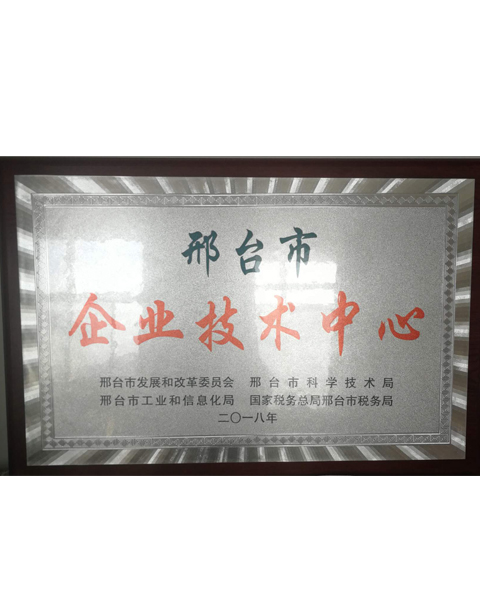Understanding Boat Drive Shaft Bearing Options and Maintenance Tips for Optimal Performance
Understanding the Importance of Boat Drive Shaft Bearings
When it comes to the smooth operation of marine vessels, many components work together seamlessly, but few are as crucial as the boat drive shaft bearing. These seemingly straightforward parts play a pivotal role in the watercraft's functionality, ensuring efficiency and durability in marine environments. This article delves into their importance, function, types, and maintenance tips.
The Basics of Drive Shaft Bearings
Drive shaft bearings are mechanical components that support the rotating shaft of a boat's propulsion system. Located within the boat’s hull, they bear the weight and reduce friction between the rotating shaft and the surrounding structure, allowing for smoother movement. This is essential because any irregularity in the movement of the shaft can translate into performance issues, leading to a less efficient propulsion system and, ultimately, a poor riding experience.
How Drive Shaft Bearings Work
When the boat's engine starts, it generates power that is transmitted to the drive shaft. The drive shaft then rotates the propeller, which in turn propels the boat forward. The bearings help in stabilizing the shaft and reducing lateral movement, which can wear down components over time. By minimizing friction, these bearings allow for more effective transfer of energy from the engine to the propeller, maximizing fuel efficiency and enhancing performance on the water.
Types of Boat Drive Shaft Bearings
There are several types of drive shaft bearings utilized in boats, each with unique properties suited to various marine applications
1. Sleeve Bearings Commonly used in smaller vessels, sleeve bearings are simple, cylindrical structures that support the shaft by allowing it to rotate within them. They are usually made of brass or stainless steel and are suitable for low-speed applications.
2. Ball Bearings These provide higher performance and are often used in larger, high-speed vessels. Ball bearings consist of balls placed between two rings, enabling smoother rotation and reducing friction significantly.
boat drive shaft bearing

3. Roller Bearings Similar to ball bearings but use cylindrical rollers instead of balls, roller bearings can carry heavier loads but might not be as efficient at high speeds.
4. Thrust Bearings These are specifically designed to handle axial loads and are often used in combination with other types of bearings to support additional forces that may arise from engine power.
Importance of Regular Maintenance
Proper maintenance of boat drive shaft bearings is critical to ensuring their longevity and functional efficiency. Regular inspection is necessary to avoid detrimental wear. Here are a few tips to keep your bearings in top shape
- Periodic Lubrication Ensuring that bearings are adequately lubricated will prevent overheating and friction. Different types of bearings may require different lubricants, so it’s essential to consult the manufacturer’s guidelines.
- Inspect for Wear and Damage Regularly check for signs of wear, such as roughness, discoloration, or unusual noises during operation. Any of these could indicate that the bearings need to be replaced.
- Alignment Checks Misalignment of the drive shaft can lead to premature bearing wear. Ensure that the drive shaft and associated components are properly aligned to minimize stress on the bearings.
- Seal Maintenance Ensure that the seals surrounding the bearings are in good condition to prevent water ingress, which can lead to damage and corrosion.
Conclusion
Boat drive shaft bearings are a fundamental component in the propulsion system of any marine vessel. Their role in ensuring efficient power transfer and reducing friction cannot be overstated. By understanding the function and types of these bearings and adhering to a regular maintenance schedule, boat owners can enhance the performance and longevity of their vessels. In the world of boating, a small part like the drive shaft bearing can make a significant difference, ensuring smooth sailing on every adventure.
-
The Ultimate Guide to Car Repair Kits: Tools and Essentials Every Driver Should Own
News Aug.01,2025
-
The Complete Guide to Oil Pan Gaskets: Sealing Engine Leaks the Right Way
News Aug.01,2025
-
Preventing Oil Leaks: A Complete Guide to Oil Pan Gaskets and Drain Seals
News Aug.01,2025
-
Everything You Need to Know About Oil Pan Gaskets and Drain Plug Seals
News Aug.01,2025
-
Essential for Car Owners: How to Use a Car Repair Kit to Deal with Minor Breakdown
News Aug.01,2025
-
Comprehensive Guide to Engine Oil Sump Gaskets and Related Seals
News Aug.01,2025
-
The Ultimate Guide to Boat Propeller Bearings and Trailer Wheel Bearings
News Jul.31,2025
Products categories















